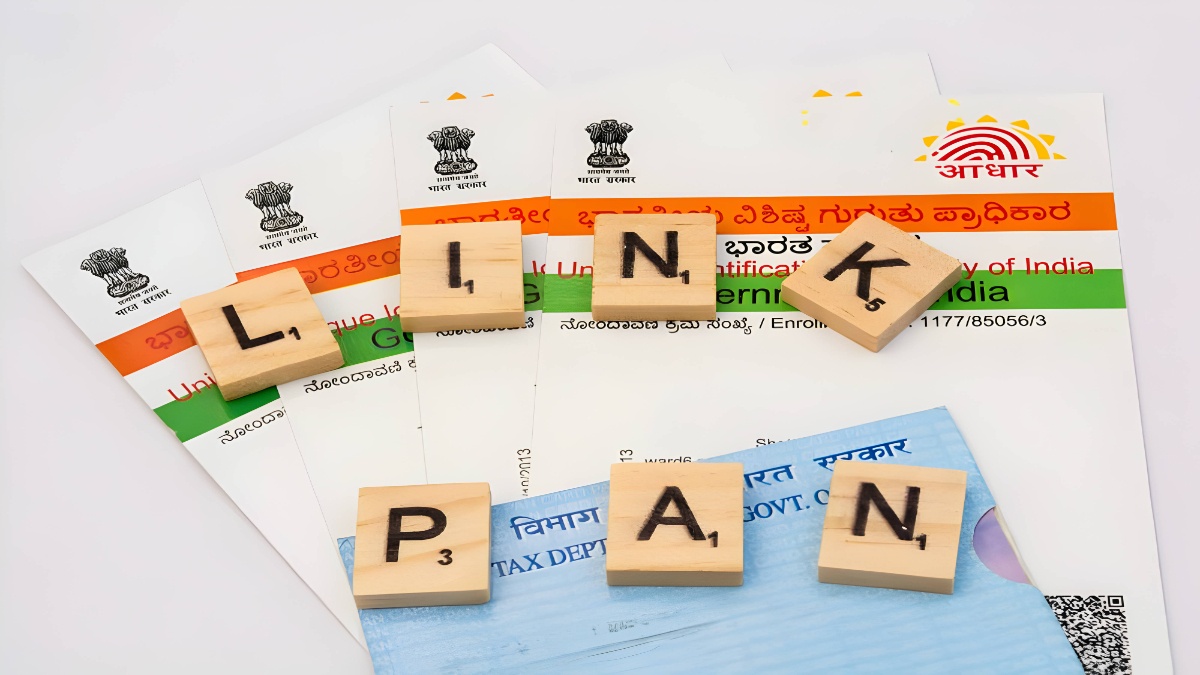Monetary Easing And The Free Lunch Bubble
The Meltdown
After the fallout of the Sub Prime Mortgage crisis back in 2008, The US Federal Government together with the Federal Reserve were faced with an unprecedented financial challenge that threatened to annihilate the very base of the so called fundamentally strong US economy.

It was not long before the TARP (Troubled Asset Relief Program) was signed into law by US President George W. Bush on the 3rd of October 2008.
Trapped
TARP triggered the beginning of the Free Lunch theorem and was akin to the process of treating a snake bite victim by injecting a dose of the same venom into the victim's blood stream.
There was no turning back with the Federal Reserve unleashing a salvo of QE (Quantitative Easing Worth $475 Billion) measures that sent Wall Street into frenzy.
The Global economy breathed a sigh of relief with assurance from Central Bankers that a rerun of the Lehman fiasco could be avoided in future with measures like the Fed's monetary easing aka TARP.
Choked Again
Eight years down the line, the US economy revealed ample evidence of a possible turnaround even as its bond yields dropped to 1.5286 on the 12th of February 2016 and the job markets limped back to life.
The stage was set for the Federal Reserve to raise interest rates after successfully tapering off into a normal rate cycle followed by unemployment numbers that reflected a record low of 4.9% in the month of February.
An uneasy pall of gloom weighed upon global markets even as the Fed settled to raise interest rates after an eight year hiatus. Back in China, tremors resurfaced, while the Brazilian story was turning debt dirty by the hour and its economy was staring point blank at one of the worst recessions in the nation's history.
The People's Republic of China, one of Brazil's biggest trade partners in terms of imports and export would soon feel the heat of a full blo Brazilian recession while markets in China braced for higher interest service costs. Dollar dominated loans would lead to contagion effects in the Chinese stock markets in the months to come.
History Repeats Itself
Even before the dust could settle and markets regained consciousness, The United Kingdom decided to step out of the European Union and remodel its Political and Banking structure.
Fuming with frustration, people in Britain voted in favor of a historic Brexit referendum that would put the financial world back into the vicious cycle of monetary easing aka TLTRO (Targeted Long Term Refinancing option) launched by the European Central Bank.
History repeated itself even as bond yields dropped across the world and markets found fresh assurances of free lunch from Central Bankers. The world is facing yet another Snake Bite scenario today, only this time it's called "THE CURRENCY WAR".
Ironical as it may sound, treating a snake bite is all about injecting a dose of the same venom into the victim's body, the "Currency War" syndrome is no different. It needs more Currency to be injected into the blood stream of the ailing economy.
(This article is written by Shivaji Ghata and sourced from Dynamic Levels, a subsidiary of Dynamic Equities, a member of BSE and NSE. You can visit at: Dynamic Levels)



















